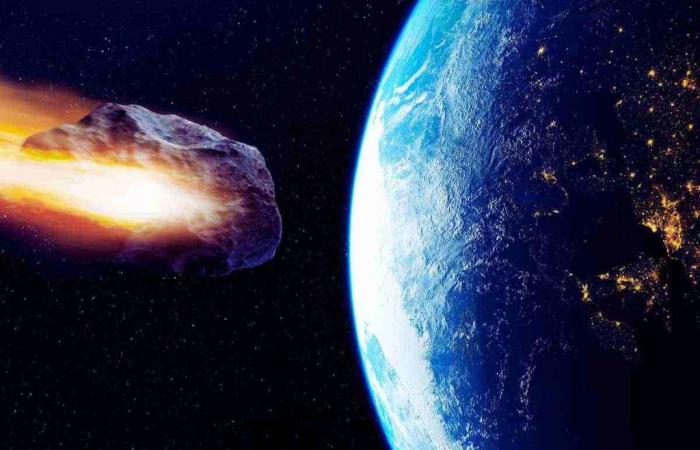Two large asteroids will pass very close to the Earth and will be the protagonists of a rare event: here’s what will happen.
The time is approaching when two large asteroids will pass close to Earth, a rare event that is linked to theAsteroid Day. The passage will be safe and neither asteroid will pose a risk to the planetbut the discovery made this week highlights the need for improvements to tools that detect potentially dangerous objects.
Asteroid 2024 MK was discovered on June 16, 2024 and has highlighted dimensions between 120 and 260 meters. The asteroid will pass at about 290 thousand km from the Earth’s surface and, as underlined by the European Space Agency in an in-depth study, there is no risk of it hitting the ground.
The asteroid (415023) 2011 UL21 It has a diameter of 2310 meters and is the largest of 99% of all known Near-Earth Objects. However, this will not get very close to the Earth, with a closer point, on June 27thwhich will be 17 times farther than the Earth-Moon distance.
READ ALSO -> “I felt a blow”: woman hit by a meteorite, the chilling story
Planetary Defense and Asteroid Day: Increase Asteroid Activities
The marks of asteroid impacts on the Earth’s surface highlight how these objects have influenced the history and development of the planet. Asteroid Day, recognized by the United Nations, commemorates the largest asteroid impact in history, the 1908 air raid over Tunguskain Siberia, which led to the felling of approximately 80 million trees.
ESA’s Planetary Defence Office is devoting a great deal of effort to improving the ability to detect, monitor and mitigate potential asteroid hazards. The end of the year is planned to Hera missionwhich is part of the world’s first asteroid deflection test.
READ ALSO -> “The Earth is condemned to disappear”, astronomers agree: the extraordinary phenomenon that shakes everyone
ESA is also developing a network of telescopi Flyeye which will use the unique field of view to automatically scan the sky every night to search for potentially dangerous asteroids.
Meanwhile, the Planetary Defense Office continues to monitor the sky. ESA’s bolide camera in Cáceres, Spain, has reported a meteorite during the night between 18 and 19 May 2024which is thought to have been a piece of a comet that traveled at about 102,000 mph before burning up over the Atlantic Ocean.
A few days later, on June 6, 2024, the Catalina Sky Survey detected a 2-4 meter asteroid which triggered an alarm from ESA’s impact monitoring system. The alarm, however, was not for an impact but for a close encounter. A few hours later, the agency’s telescope detected it at a distance of 1,750 kilometers, a distance that marks the second closest non-impactful passage of an asteroid.






